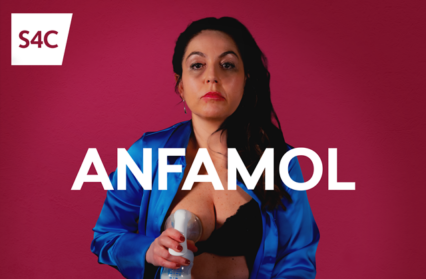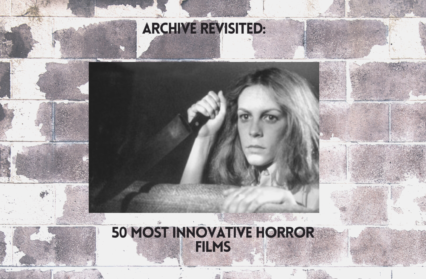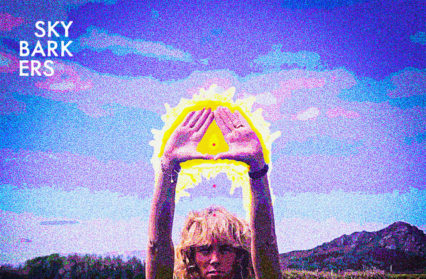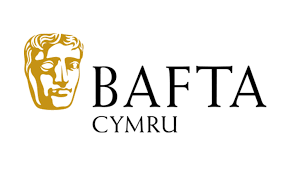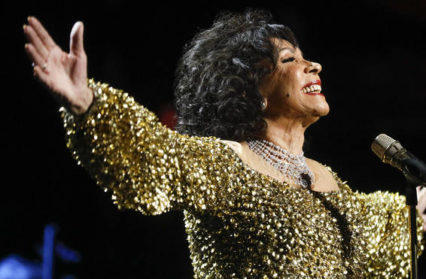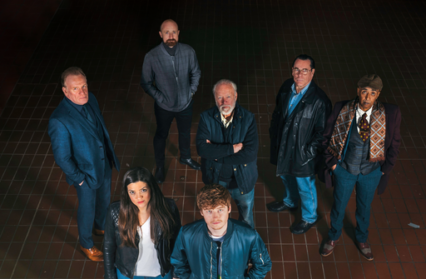Gary Raymond takes a look at the hit Netflix series back for its fourth season, as The Crown heads into the eighties and introduces Margaret Thatcher and Princess Diana into the fray.
The Crown is back. The historical soap opera to end all historical soap operas that are simultaneously more serious and more fun than all fictionalised takes on the intrigues of the British Royal Family that have gone before. The machination of a family of extreme wealth and power is an ever-alluring subject, and in America, two British writers have nailed the republican version of this in Succession. Perhaps it takes “subjects” of a monarchical state to really get into the bones of this sort of thing. I’ve written before about The Crown, specifically the extremely effective episodes in season three that brought the drama to (and of) Wales, in the context of the Aberfan disaster and Prince Charles’s Investiture in Caernarfon in 1969. Something about Peter Morgan and Benjamin Caron’s distance from the Welsh experience (whatever that might mean) meant they were able to tap into something Welsh writing is perhaps often too close to see. This new season brings its own set of challenges, and they are very different from the ones facing the creators in previous seasons. Distance from the subject again is what we’re talking about. And as The Crown enters the 1980s it comes into the era of the microscopic focus on Royals as glamorous celebrities. And this was not the same as gossip columnists following Princess Margaret around parties; this was the birth of the fierce tabloid obsession with the younger Royals. The challenge for the creators of The Crown is that we all know these stories or at least many people feel they know them; there are fewer shadows for the writers to get into. The eighties presented the Royals in glorious tabloid technicolour.
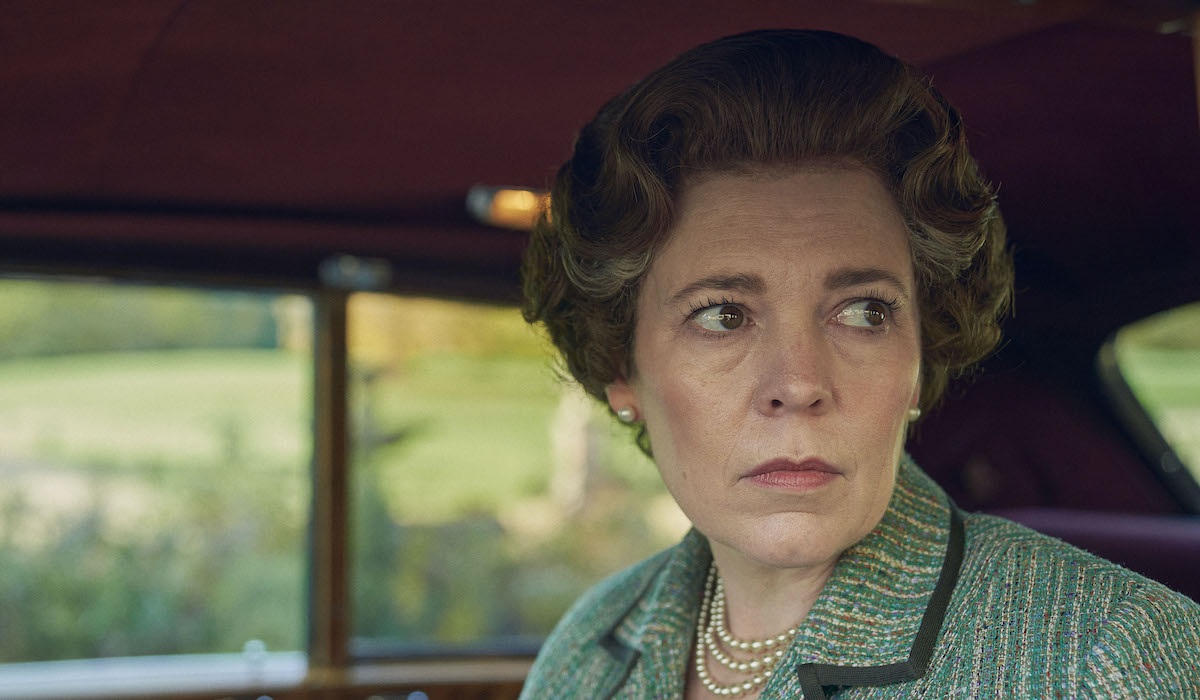
In series four, The Crown takes as its focus two women who dominated the decade, Diana Spencer and Margaret Thatcher, and uses them to throw contrast onto the woman who dominated the second half of the century, the Queen. It’s a clever technique, as both Thatcher and Diana bring out very different elements of this interpretation of Elizabeth II, but also points to the past (Thatcher is very much a product of the misogyny prevalent in her upbringing) and the future (Diana will be destroyed by the misogyny of British tabloid journalism and the country it represents). The Queen stands firm through all this, for better or for worse, an imperious survivor no matter what Hogarthian degeneracy goes on in her immediate vicinity, and what social turmoil goes on beyond the walls of her palaces. “Do nothing” is her mantra, and several of her offspring get the chance to throw this back at her in this season. It reminds us of her hesitancy over Aberfan, and it foreshadows her stasis in the aftermath of Diana’s death.
And there is a lot of foreshadowing. The episode where Thatcher’s horror show of a family inspires the Queen to re-evaluate her relationships with her own four children throws up so many red flags around Prince Andrew it borders on the clumsy. But that, to an extent, also speaks of the role of this show now. Peter Morgan is almost obliged to address Andrew’s extremely dodgy interactions with convicted paedophile and sex trafficker-to-the-stars Jeffrey Epstein, even though it isn’t happen for a few decades yet. Fans of the show would be unhappy if the topic was ignored. The brief scene where Andrew lunches with his mother and displays a dubious moral compass when it comes to the notion of groups of powerful older men having sex with teenage girls is a show-freezing origin story for a man who now, in his fifties, has so many questions still to answer.
The Crown, as ever, takes no prisoners, stands on no-one’s side. With Andrew, the suspicion many people hold is that the palace has protected him from the most damaging attention not because he has nothing to hide, but rather because of the opposite. The Crown suggests a compelling case as to why that might be, and it couldn’t be more damning. And all this in one strand of one episode that probably takes up no more than ten minutes of screen time all combined. The Crown remains a show of admirable intellectual scope. And yes, still a soap opera.
We see it from the off in season four of the hit Netflix series. The first episode tackles the assassination of Lord Mountbatten by the IRA. Newsreels and voice overdramatizing the IRA statement claiming responsibility for the murder are pointed reminders of peace hard-won, a peace the spivs currently residing in (and those very recently departed from) Downing Street seem intent on upending with their Brexit. You cannot watch this episode and not wonder what the Queen, the real Queen, feels about all this, all those bodies, all those dead, including her beloved first cousin Mountbatten, forgotten for the sake of some bunting and Rees-Mogg share options. Joe Biden, in contrast, promises not to be a do-nothing President, and his Irish roots, distant as they may be, have not let him forget what the Good Friday Agreement has achieved.
But this is already clear to everyone who hasn’t already sold their credibility down the river on HMS Brexit. New perspectives elsewhere in The Crown are harder to forge. Bringing Diana Spencer into the fold was perhaps going to be more of a challenge than a Balmoral Test. Anyone who cares thinks they already know her. And as for screen depictions, she’s been given the daytime movie treatment more times than is fair. Helen Mirren and Meryl Streep have brought Oscars home for their goes at Elizabeth II and Thatcher. The best Diana has had so far is a career-worst performance from Naomi Watts. Emma Corrin, in at the deep end, is the best on-screen Diana there has been, and may even be guilty of being a more interesting Diana than the actual real-life one. Her puckish introduction maybe a little on the nose, enchanting an increasingly self-involved Charles with her elven girly charms, but it’s a good joke to have the Princess who has been suffocated to distortion in popular myth come out of the shadows of the Midsummer Night’s Dream woodland. Writer Morgan and Director Caron play with the ideas of nature and the city in similar ways to Shakespeare in that play. They don’t choose it by accident.
Contrasts are where the real interest lies in season four. Parents to surrogates, love to duty, city to countryside, nature to nurture. The Crown stirs depths with these themes that few television dramas can manage. However, it’s not, and never has been, flawless. Gillian Anderson’s casting as Thatcher evoked an exciting sharp intake of breath in many households when it was announced, but she delivers a strange, coiled version of the Iron Lady who seems to have none of the playful arrogance, none of that smugness that is so apparent in television interviews with Thatcher in those early years. Anderson’s Thatcher also delivers many of her lines as if she’s suffering from some kind of respiratory illness. One of the great successes of The Crown is the passing resemblance of the actors to their historical counterparts, enough to convince but not to distract. Andersson has gone full pantomime. Never go full pantomime.
So much of the hit Netflix series The Crown Season Four depends on casting light into the shadows, giving life to the world behind the curtains. In the eighties there was less certain to pull back – tabloid hacks and the telephoto lens made sure of that. But as with the attention on the Welsh tragedy of Aberfan, which saw articles about it appear in media around the world, so perhaps now it’s time for Netflix to remind the world of the squandered lives in the “troubles” in Ireland, the squandered lives of the Falklands, the squandered life of Diana Spencer.
The hit Netflix series returns with, The Crown Season Four and it’s available now.
Gary Raymond is an editor and regular contributor at Wales Arts Review.


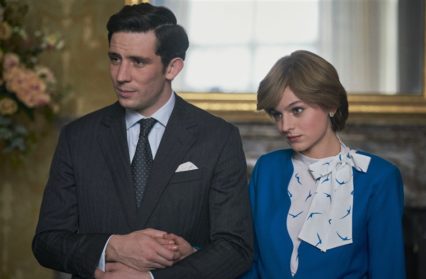
 Enjoyed this article? Support our writers directly by buying them a coffee and clicking this link.
Enjoyed this article? Support our writers directly by buying them a coffee and clicking this link.

